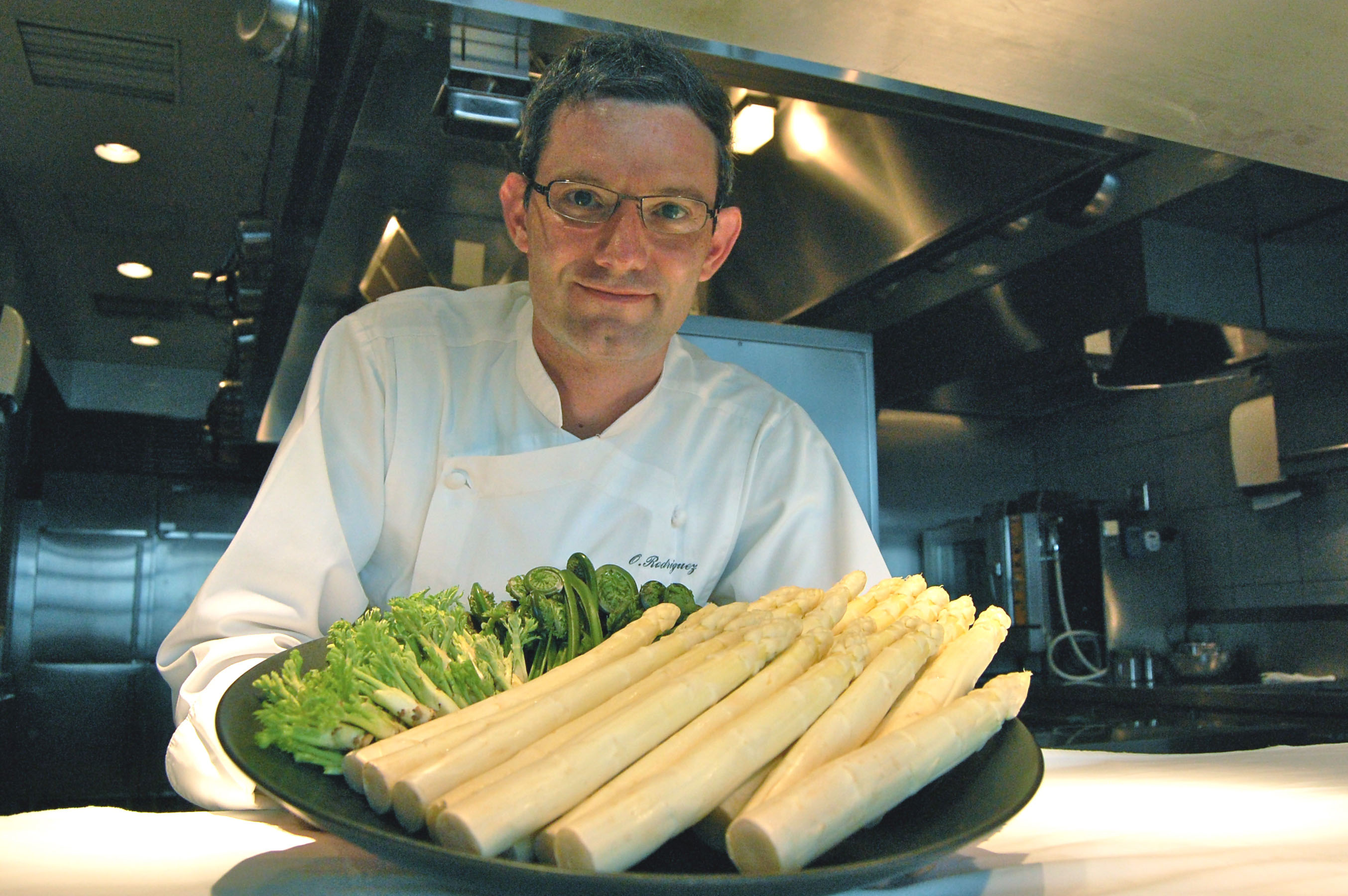Every day, crates from Japan filled with still-wriggling live fish, coral-colored lobes of uni (sea urchin) and seafood fastidiously wrapped in paper smeared with wasabi (to discourage bacteria) arrive at the Michelin-starred French restaurant Amber at Hong Kong's Mandarin Oriental Hotel. Executive chef Richard Ekkebus carefully inspects this precious cargo before using the fish, along with an array of other Japanese delicacies, to create some of his signature dishes: lobster gelee topped with creamy Hokkaido sea urchin and black caviar, crispy-skinned amadai (sea bream) served with an airy bouillabaisse mousse, and tender pork belly from Yamagata with stuffed morel mushrooms.
Ekkebus is one of many top chefs across the globe whose enthusiasm for Japanese ingredients — in particular fish, meat and produce — remains strong despite fears of potential radiation contamination. In New York City, chef Masayoshi Takayama of the famously expensive sushi restaurant Masa proudly continues to import most of his seafood from Japan, while Chicago chefs Grant Achatz and Dave Beran recently traveled to Japan to scout ingredients for an upcoming Kyoto-themed dinner menu at the uber-trendy experimental restaurant Next.
Ekkebus has been using Japanese products for over seven years and says that they have become a cornerstone of his menu at Amber, which is one of only six restaurants in Asia to rank among the World's 50 Best Restaurants list released this April by Restaurant Magazine.

















With your current subscription plan you can comment on stories. However, before writing your first comment, please create a display name in the Profile section of your subscriber account page.